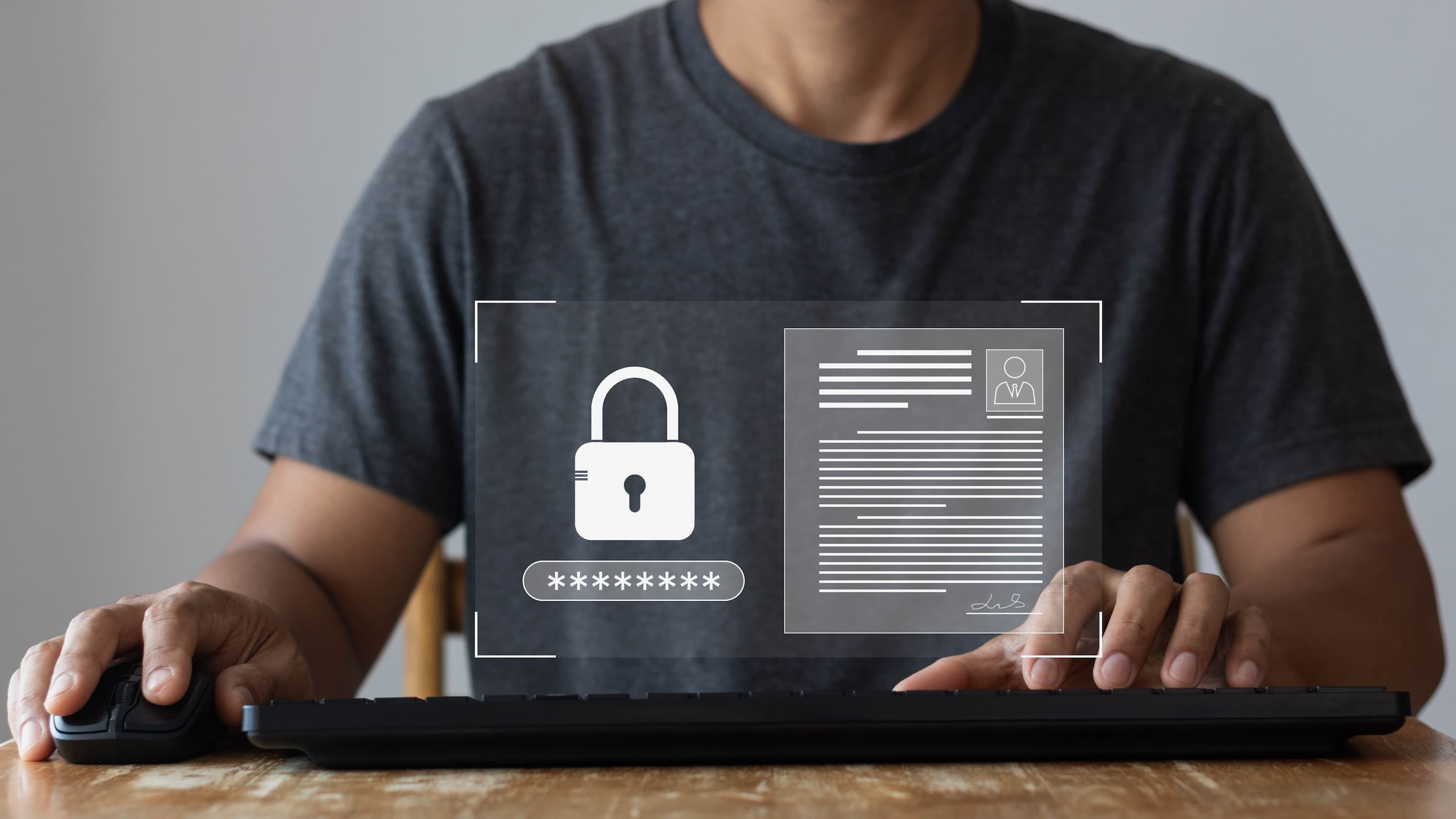Not all security breaches are the work of cybercriminals maliciously gaining access to a corporation’s networks through malware or phishing techniques. According to Verizon’s 2022 Data Breach Investigations Report, 82% of breaches actually involved the human element, ranging from social engineering attacks, to errors and misuse.
As such, a strategy for minimizing access to critical resources, even for employees, can help prevent insiders from inadvertently compromising the network. Along the way, the strategy should be working “silently” without employees needing to worry about the access they are granted.
What Is Privileged Identity Management?
Privileged identity management, or PIM, gives IT administrators the ability to control, manage and monitor the access privileges that users have to critical resources within the business. Organizations want to minimize the number of people who have access to assets and data and also minimize the level of access those people have. This is called “the principle of least privilege," or the thinking that account access and permissions should be granted to the minimum level an employee or authorized user needs to do their job or perform a task.
Not only does reducing access and access levels minimize the chance of an unauthorized person gaining entry into systems, but it also protects the organization from an authorized user, such as an employee or contractor, inadvertently impacting a sensitive resource and introducing a vulnerability.
PIM vs. PAM
A related term, privileged access management, or PAM, is the process by which users can request elevated access rights to an application or system on behalf of their existing account. Users do this in order to be able to complete a task that is not currently available to them under their present access level.
When a regular user needs administrative access, PAM provides them with the opportunity to make a request. Once approved, the user’s request will be approved for their account. In addition, PAM can enforce this additional permission only for the duration of the time it takes to complete the task.
PAM, like PIM, also incorporates the idea of least privilege, in which a user’s access level is kept to a bare minimum while providing a simple mechanism to increase it when the need arises. In this way, PAM helps reduce information security risks.
The concept of PIM, in contrast to PAM, is aimed at managing existing accounts, such as administrator, root, etc. These accounts, as a rule, are built into applications or systems and cannot be deleted. They are often limited in number and are, therefore, shared by different people in the organization. License restrictions also contribute to this separation, as organizations may prefer the use of a single account instead of several due to it generally being more cost-effective. However, this strategy could serve as an obstacle to the use of multifactor authentication (MFA); in most cases, only passwords are used for authentication.
According to AT&T, some large companies use PIM because they believe that a limited and strictly defined number of privileged accounts allows greater control over how users access resources. The advantage of PAM here is an opportunity to look more deeply at the problem of determining who exactly received the privileged access, what kind of access they received and over what time they used it.
It should be noted that organizations are not forced to make a mutually exclusive choice between PIM and PAM. A combination of these techniques is recommended.
4 Reasons Why Your Business Needs a PIM Solution
There are multiple benefits to implementing PIM. From giving employees more flexibility to streamlining the work of IT security administrators, PIM improves the experience for everyone. Even customers at the point of login can benefit from PIM, as the technology stack is working in the background while providing the strongest access management.
1. Provides Customizable Security
With PIM, you can vet who has access now and who has had it in the past as well as when their access began and ended. You can also use it to strategically plan who should be granted access in the future.
2. Maintains Regulatory Compliance
PIM ensures that standards and guidelines set forth by GDPR, HIPAA and other regulations are followed, keeping critical assets and data safe. PIM also enables IT security administrators to generate reports proving your organization’s compliance.
3. Reduces IT and Auditing Costs
With a predefined set of access policies and structures, you do not have to manually engineer each person’s set of access rights. IT can be alerted to any anomalous or even suspicious activity.
4. Provides Ease of Accessibility
PIM streamlines how access privileges are granted and used. It also improves the user experience, making it simpler for legitimate or privileged users to regain access if they forget their credentials.
Helping Organizations Better Understand Privileged Identity Management
The Migus Group can help your organization more effectively select and manage privileged identity and access management tools for a stronger security posture. You might already have several point solutions in place, and perhaps you need help with their configuration, including deciding the proper access levels for users both inside and outside of your organization. As endpoints, locations and networks shift in an organization, access management needs to constantly be reassessed. While it might reduce risk and workload, PIM and PAM still increase security when there are constantly new devices, applications and people.
Let us know how we can help you better secure your organization through PIM. Contact The Migus Group today.
Jake Wengroff writes about technology and financial services. A former technology reporter for CBS Radio, he covers such topics as security, mobility, e-commerce and the Internet of Things.
